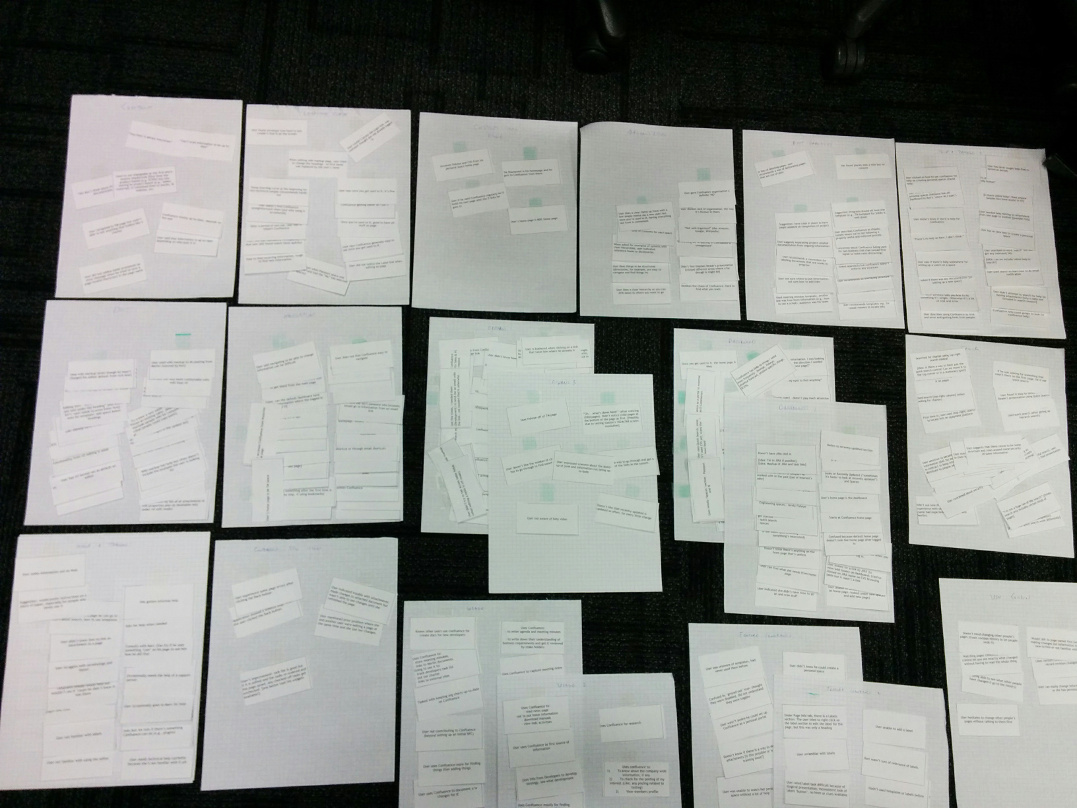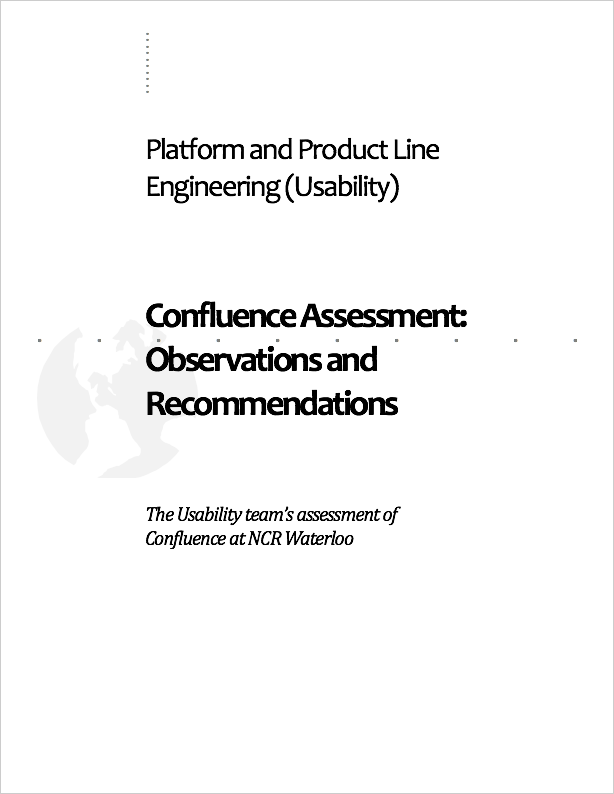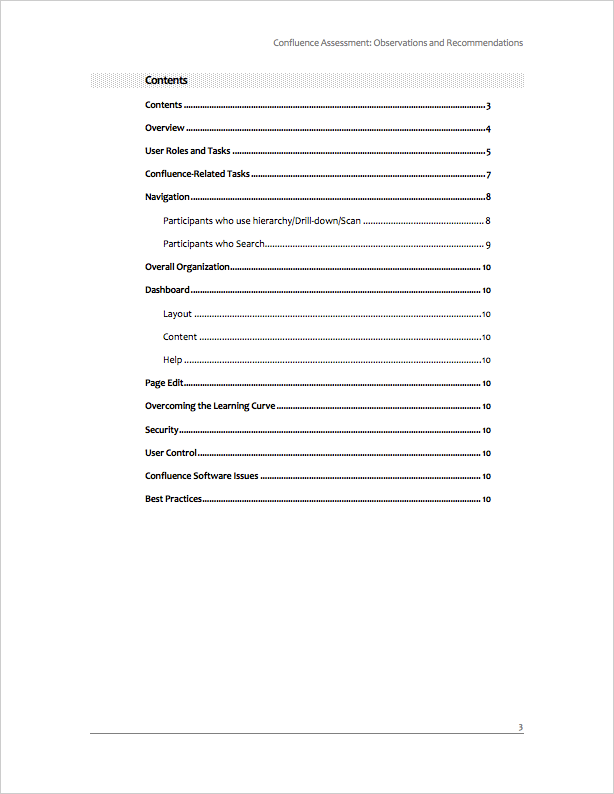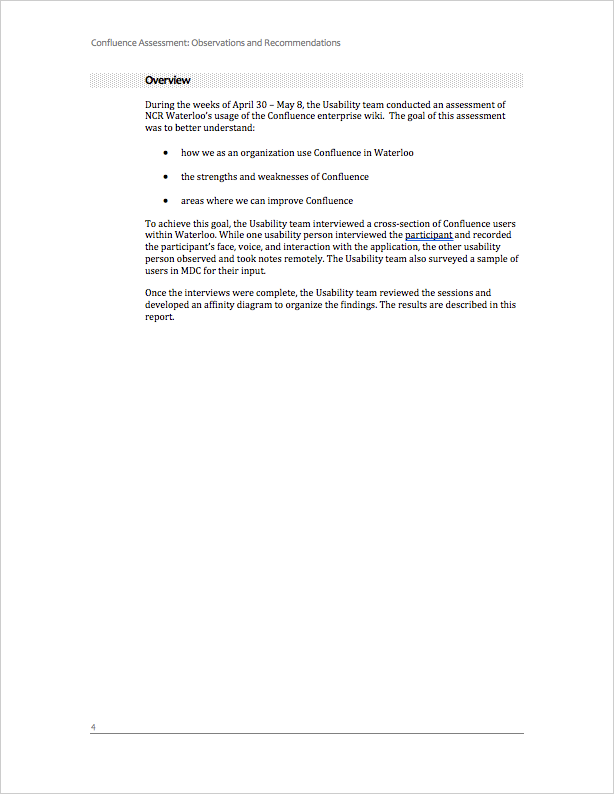Investigating our CMS
Following the deployment of a content management system at our location, associates reported issues and were slow to adopt the new system in their work activities. Since the CMS was to be adopted by other parts of the organization, our site management team wanted to understand and address the underlying issues.
Our UX team undertook a user research approach to better understanding how the CMS was being perceived and used as well as identifying the pain points preventing the various end users from engaging in the system. We began planning on how we would carry out the assessment. We began by identifying the goals and scope, selecting a sample of test subjects across functional areas, and determining the technology to record each test.
Next, we identified the tasks to be completed by each test subject and wrote, reviewed, and revised introduction and tasks.
At this point we were ready to carry out our assessments with test subjects. Using our video capture equipment, we had each participant complete a series of tasks related to their typical daily use. While one person was moderating the test, the other person observed via video feed at a different location, capturing problems, comments, suggestions, and observations from sessions.
Once we completed the 25 sessions, we carried out an affinity exercise to organize the problems, comments, suggestions, and observations.

Following the research activities, we summarized our findings and created a report detailing these findings. We also scheduled a PowerPoint presentation to the site management team to communicate the findings.
In the following excerpt from the findings, for example, one of the common sources of problems with the CMS was the dashboard. As the main landing page of the application, users were confused by the layout, not being able to locate what they were looking from due to the excessive "noise" generated by clutter and disorganization.
As part of the presentation, we distributed a report with summarizing the issues, observations, and participant feedback.
As a result of this investigation, our team was able to make gradual improvements to the CMS by being able to focus on areas, rather than being overwhelmed by the whole. For example, as one initiative, we focused on improving the layout and content of the dashboard to allow users to quickly navigate to or easily search for the content there were interested in.










